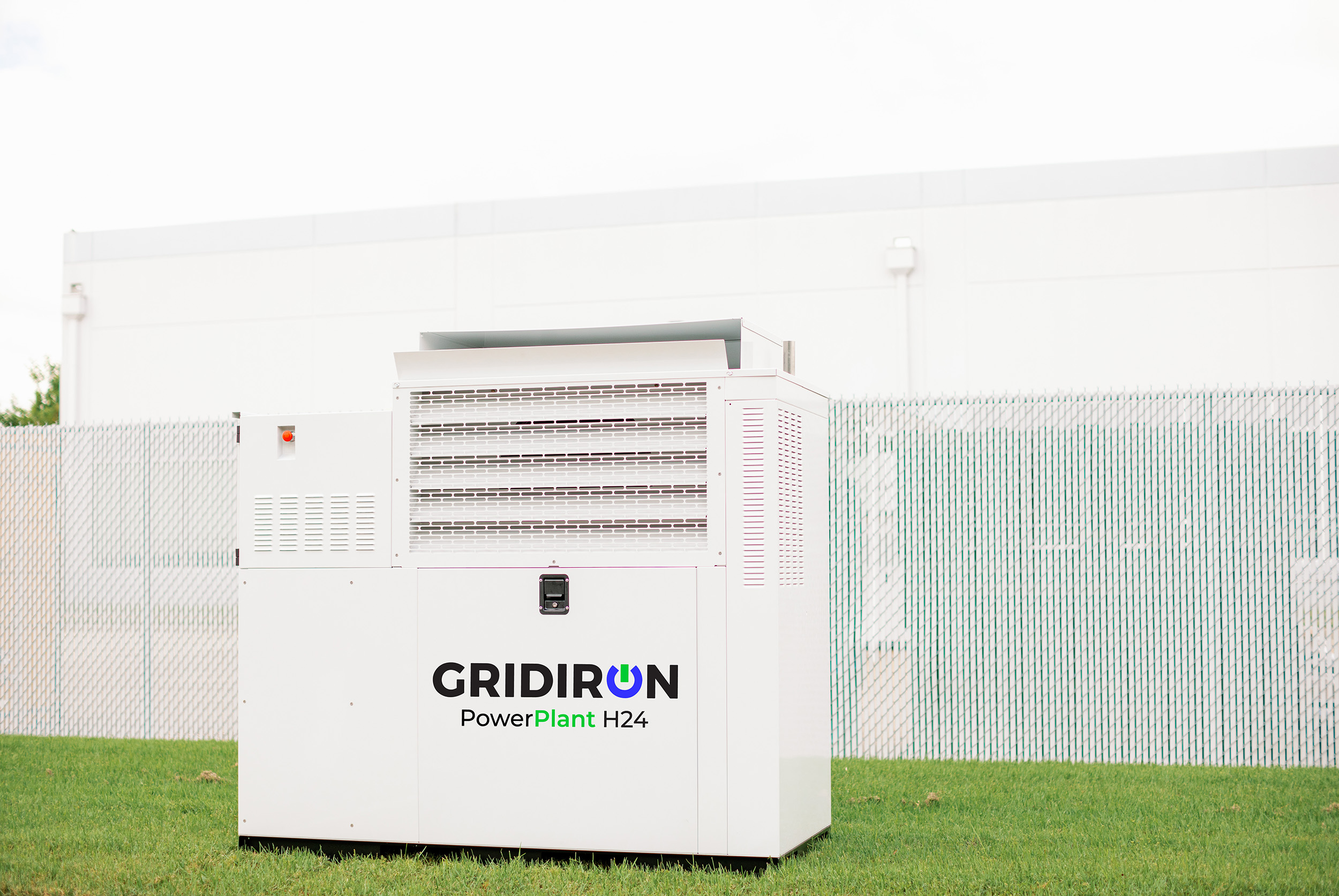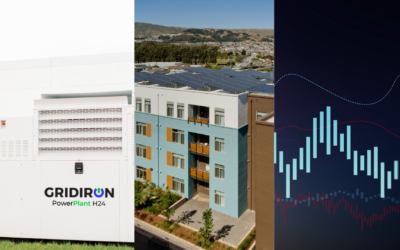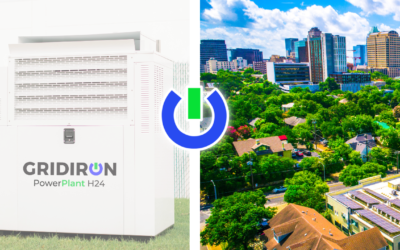If you haven’t noticed yet, ESG is becoming a key performance indicator for investors and customers alike. These Environmental, Social, Governance (ESG) standards are moving front and center for many business owners as they try and improve their ESG scores. But, ESG is more complicated than ticking off a checklist of predetermined “eco-friendly” tasks.
Effectively harnessing ESG —particularly, the “E”— is about utilizing smart energy resources in the most efficient way possible. Distributed energy resources (DERs) and combined heating and power (CHP) technology are emerging as efficient, effective, and exciting possibilities for net positive impact on commercial and residential energy solutions.
Opt-In to Efficiency
Conventional energy systems separate heating and electricity into two components, typically consisting of a power plant and a boiler. According to the Office of Energy Efficiency & Renewable Energy, this conventional system operates at about 50% efficiency. In contrast, combined heating and power (CHP) systems, which use concurrent production of electricity and thermal energy from one power source, operate between 65-80% efficiency.
In other words, with the same amount of energy input, CHP systems are capable of producing more energy output than the conventional power plant and boiler system.
Clean-Burning Natural Gas
CHP products, such as GRIDIRON’s PowerPlant H24, are capable of running off of different types of power sources, including renewable resources, propane, or natural gas. Renewable resources are only just emerging as viable energy resource alternatives, but natural gas is an energy resource with existing infrastructure. In addition to being more accessible, it also burns relatively cleaner than many other types of fuel.
According to the U.S. Energy Information Administration, natural gas “results in fewer emissions of nearly all types of air pollutants and carbon dioxide (CO2) than burning coal or petroleum products to produce an equal amount of energy.” In 2020, coal still made up 19% of total energy sources for electricity in the United States. Installing a natural gas CHP displaces the demand for coal-powered electricity, which results in lower emissions overall.
Because of its accessibility and tangible environmental benefits, natural gas-powered CHP systems are typically cost-effective and quick-to-install solutions.
Foundation for Energy Alternatives
As renewable resources do become more available, installing a CHP system or distributed energy resources (DERs) now will build a foundation that can easily integrate emerging energy alternatives later on. The combination of DERs (distributed energy resources) and renewable resources even provide the building blocks for net-zero microgrids (NZMs), which offer an advanced level of environmental sustainability and decarbonization.
These solutions represent an opportunity to realize cost savings in the short term and sustainability in the long term.
Learn more about GRIDIRON’s PowerPlant CHP systems—and the resulting cost-savings—at GRIDIRONenergy.com.



